This is Septoria leaf spot which is caused by a fungus, Septoria lycopersici. It is one of the most destructive diseases of tomato foliage and is particularly severe in areas where wet, humid weather persists for extended periods.
Integrated Pest Management Strategies
1. Remove diseased leaves. If caught early, the lower infected leaves can be removed and burned or destroyed. However, removing leaves above where fruit has formed will weaken the plant and expose fruit to sunscald. At the end of the season, collect all foliage from infected plants and dispose of or bury. Do not compost diseased plants.
2. Improve air circulation around the plants. If the plants can still be handled without breaking them, stake or cage the plants to raise them off the ground and promote faster drying of the foliage.
3. Mulch around the base of the plants. Mulching will reduce splashing soil, which may contain fungal spores associated with debris. Apply mulch after the soil has warmed.
4. Do not use overhead watering. Overhead watering facilitates infection and spreads the disease. Use a soaker hose at the base of the plant to keep the foliage dry. Water early in the day.
5. Control weeds. Nightshade and horsenettle are frequently hosts of Septoria leaf spot and should be eradicated around the garden site.
6. Use crop rotation. Next year do not plant tomatoes back in the same location where diseased tomatoes grew. Wait 1–2 years before replanting tomatoes in these areas.
7. Use fungicidal sprays. If the above measures do not control the disease, you may want to use fungicidal sprays. Fungicides will not cure infected leaves, but they will protect new leaves from becoming infected. Apply at 7 to 10 day intervals throughout the season. Apply chlorothalonil, maneb, macozeb, or a copper-based fungicide, such as Bordeaux mixture, copper hydroxide, copper sulfate, or copper oxychloride sulfate. Follow harvest restrictions listed on the pesticide label. An organic spray would be one containing Bacillus subtilis. It should be sprayed on the plant leaves every 7 days. It should be applied to the undersides of the leaves as well since that is where the fungus resides.
Organic Strategies
Strategies 1, 2, 3, 4 and 6 are strictly organic approaches. Using an appropriate organic herbicide (or removal by hand) would be viable organic approaches to Strategy 5.
There are tomato resistant varieties. Check you favorite seed catalogs for those varieties
Please get a second opinion if you don’t agree.
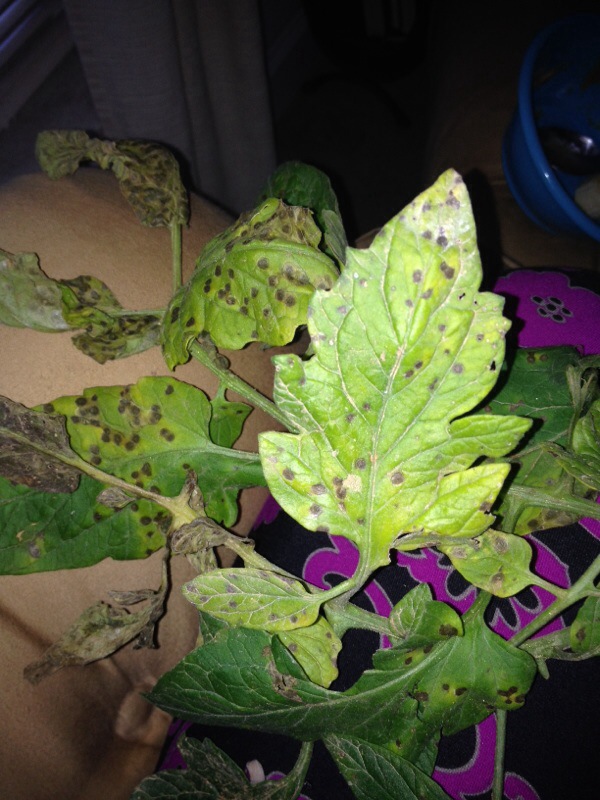
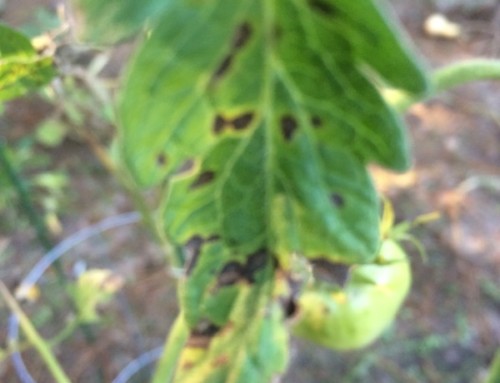
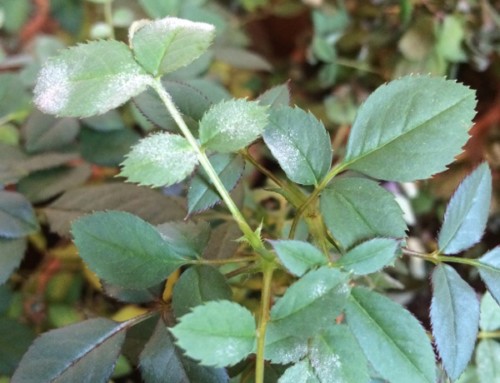
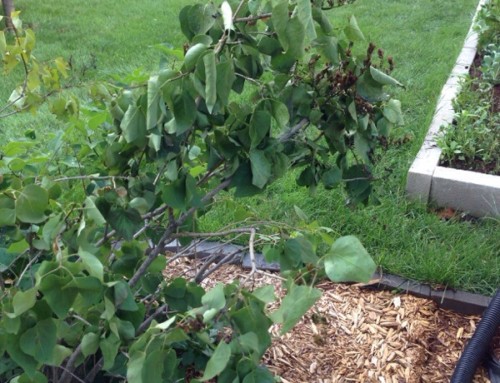
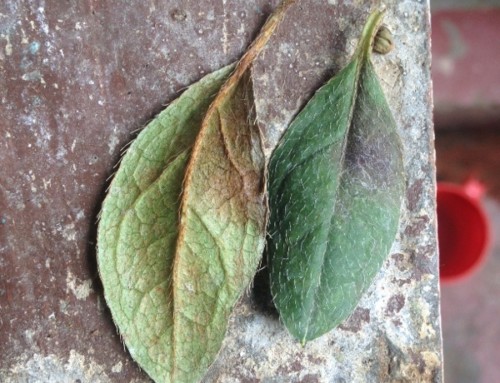
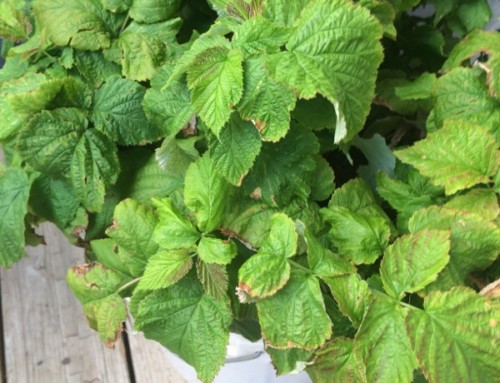
Leave A Comment